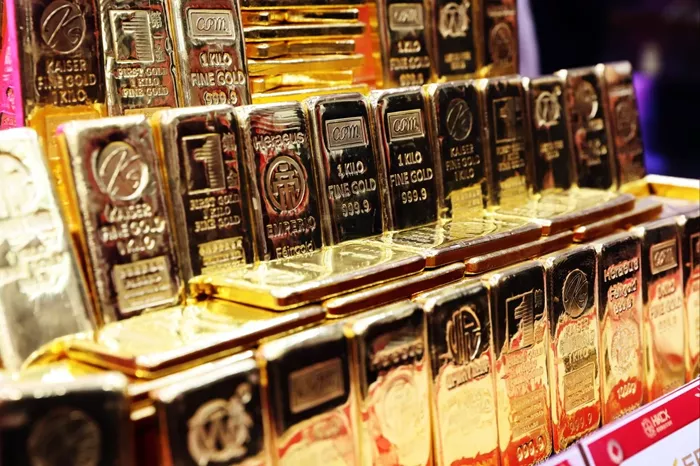Cryptocurrencies, including Bitcoin and stablecoins, do not pose a threat to gold’s role as a safe-haven investment, according to an expert from the World Gold Council. John Reade, the council’s senior market strategist and head of research, emphasized that the long-term demand for gold remains strong, supported by concerns over U.S. dollar assets, ongoing trade and geopolitical tensions, and the economic impact of tariffs.
“Bitcoin and other digital assets have been marketed as ‘gold 2.0’ or ‘digital gold,’ but I believe that’s a fallacy,” Reade said in an interview. He pointed out that cryptocurrencies generally move in line with equities, unlike gold, which tends to act as a hedge during market volatility. He added that digital assets do not present any serious competition to gold.
“I’m not worried about digital assets replacing gold,” he continued. “I wish their advocates would stop calling them ‘gold 2.0’ because they clearly have different characteristics.”
Reade’s comments come as interest in stablecoins and other digital currencies grows, alongside a fresh rally in gold prices, driven by heightened tensions in the Middle East and a weakening U.S. dollar. On Friday, spot gold prices surged to $3,444.49 per ounce, following reports of an Israeli air raid targeting Iranian nuclear and military sites. Geopolitical risks often increase gold’s appeal as a safe-haven asset, especially when the U.S. dollar weakens. The dollar index dropped to a three-year low on expectations of a Federal Reserve rate cut later this year.
U.S. Treasury Secretary Scott Bessent recently stated that the market for U.S. dollar-linked stablecoins could reach $2 trillion or more, potentially solidifying the dollar’s global financial dominance. Meanwhile, gold prices have hit record highs this year, surpassing $3,400 per ounce, as investors flocked to safe assets amid economic uncertainty, particularly from U.S. President Donald Trump’s tariff policies.
Reade believes gold’s price could continue to rise, supported by lingering geopolitical risks and concerns about the U.S. dollar’s future. He also noted that the recent rally has occurred without significant participation from Western institutional investors, suggesting that gold prices could rise further if these investors return.
“We’ll likely see more periods of heightened concern about the global economy due to tariffs,” he added. “While things may have quieted down recently, I expect this will return in the next year.”
After high-level trade talks between China and the U.S., an agreement was reached in principle on a new framework, although Reade warned that the upcoming tariff arrangements would likely be “materially worse” than the pre-Trump trade policies. “It may not be as bad as it looked in April, but it will still impact prices and economic activity worldwide,” he said.
Recent official data shows that China has increased its gold reserves for seven consecutive months, reflecting a broader trend among central banks to diversify their assets, especially since Russia’s invasion of Ukraine in 2022. According to the European Central Bank, gold overtook the euro last year as the second-largest reserve asset held by central banks, making up 20% of their reserves, compared to the euro’s 16%.
Reade expects China to continue increasing its gold reserves over the next five to 10 years. Currently, gold accounts for about 5% of China’s foreign exchange holdings, compared to an average of 10% for emerging markets and 20% for developed economies. He noted that any changes would be gradual, given China’s large foreign exchange reserves.
Reade concluded that while some central banks are diversifying away from U.S. dollar assets, viable alternatives like the yuan or Indian rupee are not yet ready to take a larger role. This has created a structural shift, benefiting gold as a stopgap measure for the next 10 to 20 years.
Related Topics

